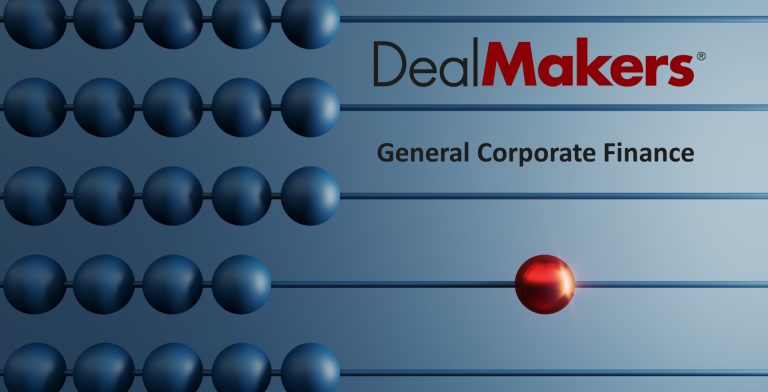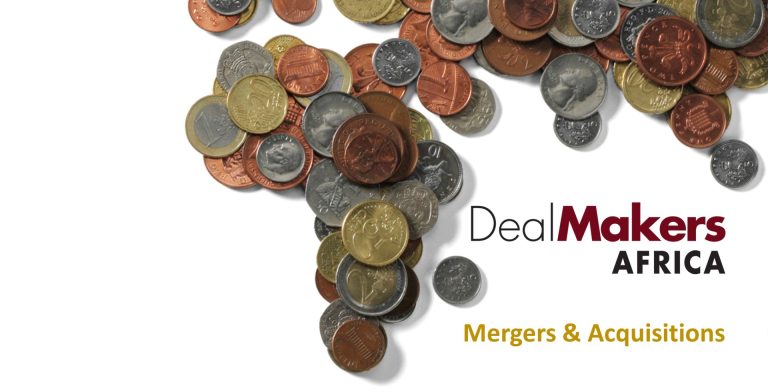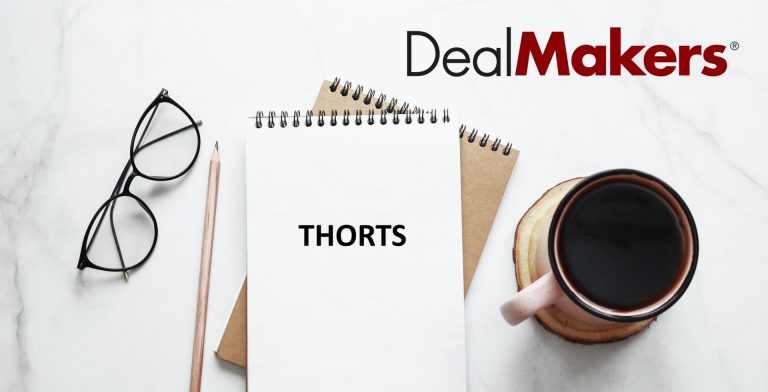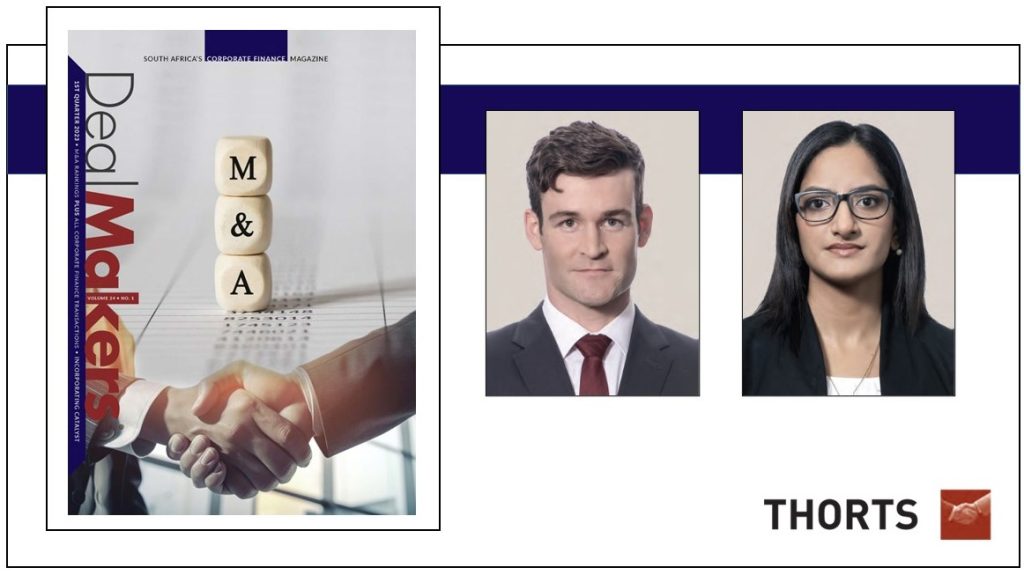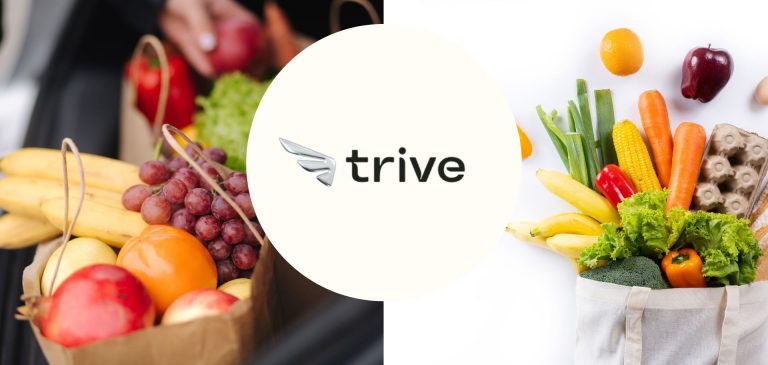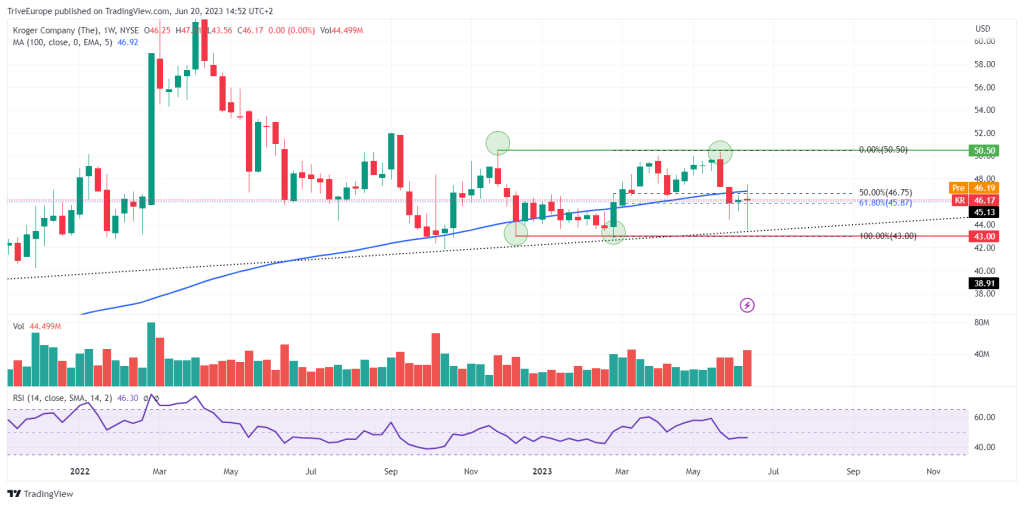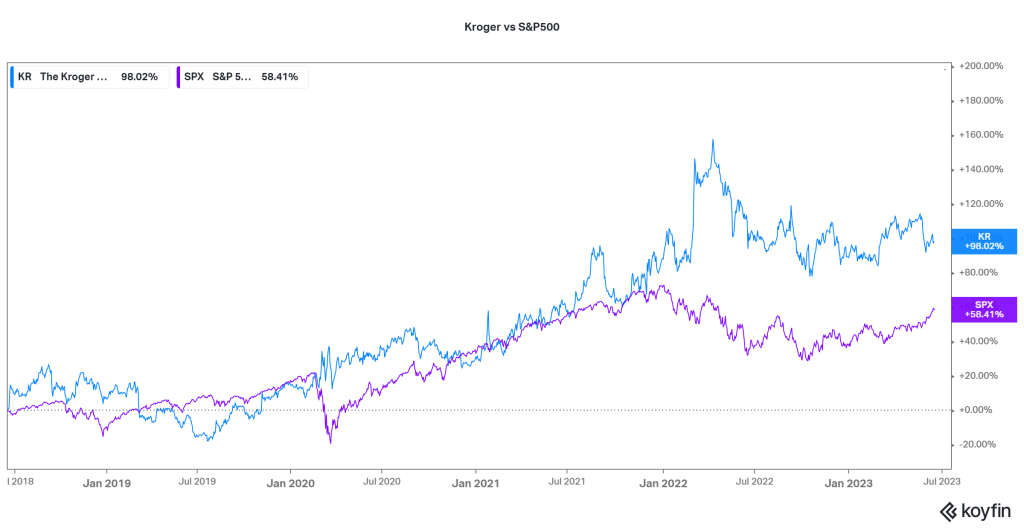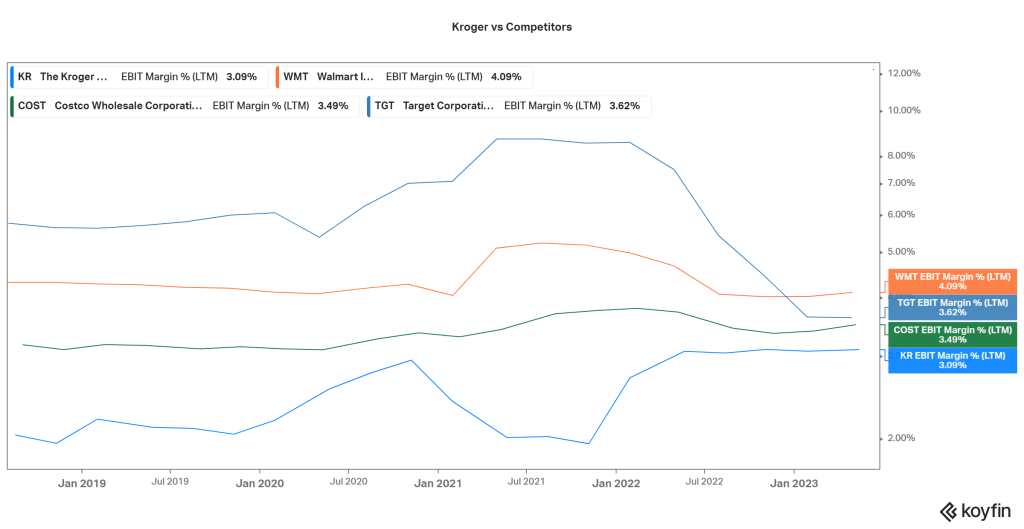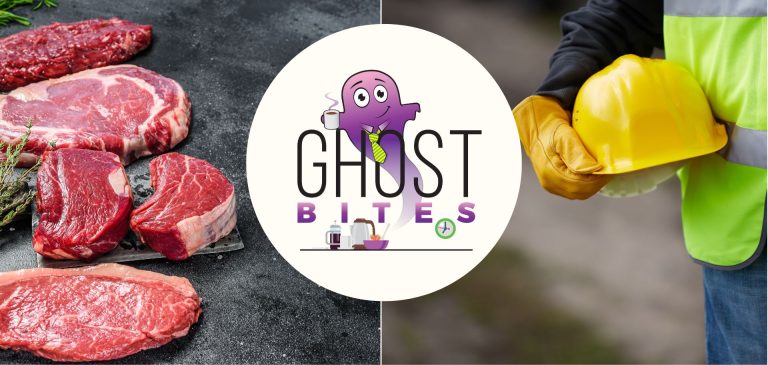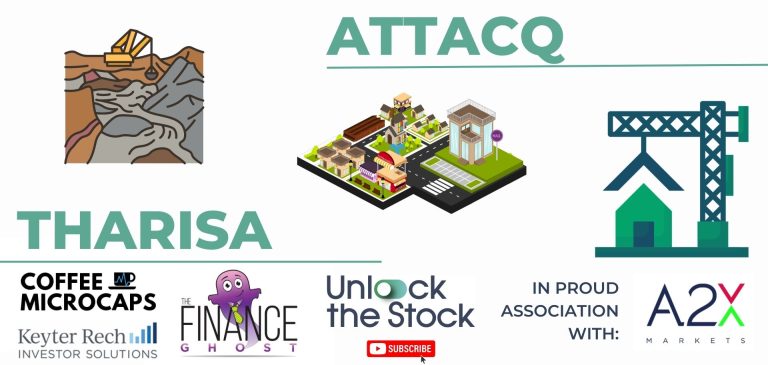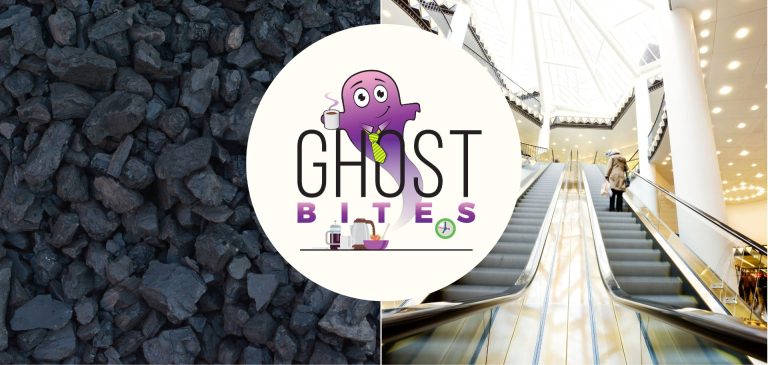Exxaro confirms the extent of the challenges this year (JSE: EXX)
A pre-close update shows significant drops in key metrics
Exxaro has released a pre-close update dealing with the six months ending June 2023. This period has seen a vast decline in export coal prices, coming in at roughly $127 per tonne vs. $265 per tonne in the comparable period. At least iron ore fines prices are up from $101 to $117 per dry metric tonne.
Coal production and sales volumes are down by 4% and 7% respectively. Demand from Eskom has been lower (-6%) and there have been logistical constraints at Transnet (exports -6%), so Exxaro is being let down by government on all fronts.
At least capital expenditure is 8% lower in the coal business, after several key projects reached completion last year. With a substantial net cash balance, the Exxaro balance sheet is more than capable of withstanding some short-term pressure.
Hyprop is recovering most of its load shedding costs (JSE: HYP)
The local retail portfolio looks pretty good to me
Hyprop is one of the few property funds that I hold shares in. With a strong tilt towards the local malls that remain relevant in an eCommerce world and especially a load shedding world, I’m not surprised to see decent metrics in the South African portfolio.
For the five months to May, trading density (sales per square metre) increased by 8.59% year-on-year, with footcount up by 3.46%. The difference is quite simply explained by inflation.
Tenant demand is good, with low vacancy rates and rent reversions in the 11 months to May of 10.1% (unfortunately down from 12.8% in the interim period). Load shedding and general SA jitters have an impact on rentals that can be charged.
Still, Hyprop has done a great job of shielding tenants from load shedding and has recovered 86% of the R55.3 million spent on load shedding. The group is rolling out solar PV projects at many of its malls.
In Eastern Europe, trading density is up by 18.74% for the five months and footcount grew by 13.80%. Things really are going well for retail property owners in that part of the world.
The portfolio in Ghana and Nigeria is ok in local currency, but expressing it in dollars tells a different story. To be fair, it’s not like the South African portfolio looks great in dollars either. The major focus is on replacing Game leases in the Ghanaian malls.
Hyprop’s loan-to-value sits at an acceptable 37.2% and there is no shortage of demand from lenders for bond auctions and debt raises.
The share price is down 10.7% this year as market sentiment has turned against the property sector and the impact of higher interest rates is being priced in.
Merafe announces a drop in ferrochrome prices (JSE: MRF)
The share price is now down 20% this year
Each quarter, Merafe announces the European benchmark ferrochrome price. This is forward looking, as the price is settled for the next quarter.
Merafe’s share price fell by a further 3.7% based on the news that the ferrochrome price will drop by 12.2% in the coming quarter vs. the quarter that just ended.
Murray & Roberts a step closer to getting RUC back (JSE: MUR)
It’s all very technical from a legal perspective, but Murray & Roberts is trying its best here
If you’ve been following Murray & Roberts recently, you’ll know that the Australian business is in administration. Clough is the real problem, as RUC Cementation Mining Contractors (or just RUC for short) is a decent business that the group wants to hang onto.
This requires a lot of fancy legal footwork, as well as negotiations with creditors.
If they get it right, then Murray & Roberts will re-establish the full scale of its multinational mining platform.
The art of distraction: a lesson by Naspers / Prosus (JSE: NPN | JSE: PRX)
When releasing terrible results, how do you soften the blow for shareholders?
In news that would be hilariously funny if it wasn’t also so obnoxious, Naspers and Prosus have announced that the cross-holding structure will be unwound. Yes, this is exactly the same structure that asset managers begged the management team not to implement in the first place.
Being an advisor to this group truly is the holy grail of professional services. You get paid twice, basically for crossing the road and then retracing your steps. Of course, the management team dresses this up by saying that the deal will enable the repurchase programme to continue, with the removal of complexity (which they caused against everyone’s advice) as only the secondary reason.
Here’s my favourite paragraph from Prosus, where they act all surprised that everyone hated it:
Moving on to the results, the operating loss for the year ended March 2023 has worsened from -$950 million to -$1,338 million. HEPS dropped from 201 US cents to 46 US cents. A lower contribution from Tencent is part of this.
The eCommerce platform is only targeted to be profitable during FY25. Someone needs to do a return on capital calculation to see how long it will take to recoup the losses and then actually reward shareholders. With total losses in just the last two years of $2.7 billion, I think it’s going to take a while.
Food Delivery is growing revenue, with Prosus acquiring the remaining 33.3% stake in iFood from Just Eat Takeaway in November 2022 for a cool €1.5 billion, plus contingent consideration of €300 million. The group says that “profitability improved meaningfully” but that’s rather disingenuous. They should rather say that losses have reduced, as this segment moved from a trading loss of $724 million to $649 million.
The group deployed “only” another €1 billion this year into various other opportunities, noting a sharp rise in the cost of capital. You see, the smart thing to do is wait for the cost of capital to be higher and then deploy capital when assets are cheap. Anyway.
In Naspers specifically, you have to click through to the annual report to get any information on Takealot. The thing still doesn’t make a profit, with revenue up by just 12% and losses of $22 million. If Takealot couldn’t make a profit in the past couple of years, what’s going to happen if Amazon really enters this market?
So, with all said and done, how is it possible that the share price performance over the past year has been strong?
This has nothing whatsoever to do with the underlying portfolio and everything to do with the decision to sell down the Tencent stake and buy back shares. It’s a very short-term win in my view, as the discount may be reducing but the Tencent asset is probably the only thing in the group truly worth owning.
Sephaku releases full year financials (JSE: SEP)
We now have the details behind the recent earnings guidance
Sephaku Holdings’ full year numbers reflect a tale of two businesses.
At group level, net profit after tax fell from R45 million to R26 million. Normalised HEPS fell from 17.67 cents to 10.53 cents, so that clearly isn’t good.
As we drill down, we find that Metier delivered an increase in EBITDA from R78 million to R98 million. Profit after tax increased from R30 million to R43 million. This means that the problems are in SepCem, the local business, which is in line with the guidance released before these earnings came out. Indeed, profit has swung horribly from net profit of R82 million to a net loss of R4 million.
Little Bites:
- Director dealings:
- I don’t have the full background details to this, but R200 million worth of shares in African Rainbow Capital Investments (JSE: AIL) was sold by ARC Fund to Patrice Motsepe’s family investment vehicle at R6.80 per share (above the current market price of R6.40).
- A senior executive of Nedbank (JSE: NED) has sold shares worth R6.8 million.
- Des de Beer has bought another R1.08 million worth of shares in Lighthouse (JSE: LTE)
- Cognition Holdings (JSE: CGN) is going to camp in the Caxton and CTP (JSE: CAT) head office, so the company can sell its head office for R11.875 million. That’s below the net asset value of the property subsidiary, which was R14.5 million as at 30 June 2022.
- Attacq (JSE: ATT) has renewed the cautionary announcement related to the proposed acquisition of 30% of the Waterfall portfolio by the Government Employees Pension Fund. Final legal agreements have not yet been concluded.
- Vukile Property Fund’s (JSE: VKE) B-BBEE partner, Encha Properties, has sold just over 3.5 million of the 5.5 – 6.5 million shares that the company intends to dispose of as part of loan arrangements with Investec.
- The Competition Tribunal has approved the transaction to internalise the Investec Property Fund (JSE: IPF) ManCo without any conditions. Shareholders will now watch significant value be transferred to the management team, which is exactly what they voted in favour of.
- NEPI Rockcastle (JSE: NRP) continues to cleverly play the green financing game, updating its Green Financing Framework with more stringent eligibility requirements. This strengthens its commitment to sustainability, which is the warm-and-fuzzy way of saying that the company intends to continue tapping into cheaper green finance.
- If the AngloGold (JSE: ANG) sign-on bonuses for executives are anything to go by, then a career in mining is a very good alternative to European football. There are execs banking awards of over R18 million just for joining the company!
- Eastern Platinum (JSE: EPS) has retained the services of an investor relations and communications firm based in Canada. There’s a base monthly fee and stock options that vest in 90 days, which I found rather interesting. They carry a term of five years.


